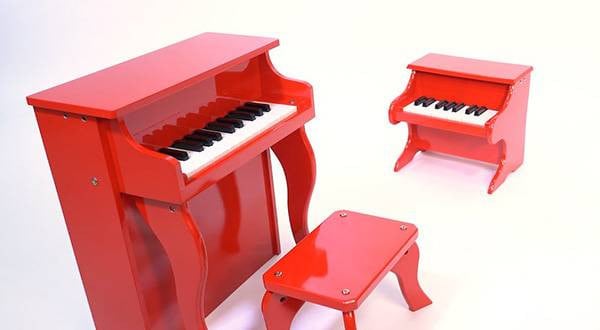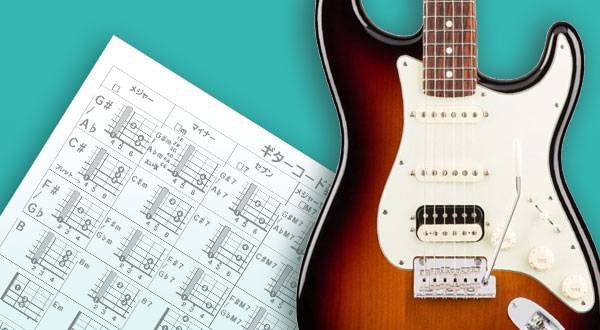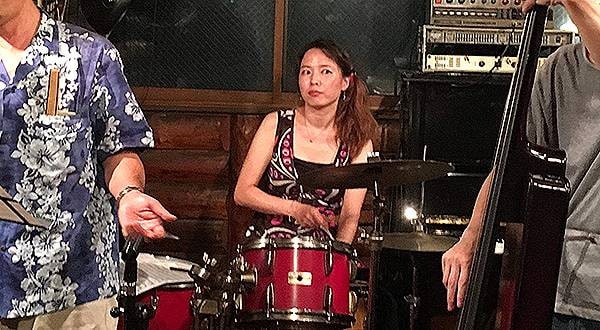This time, let's try to compose a composition that will help you learn to improvise!
You don't have to think about anything complicated, just start playing notes.

In the left square, there are four quarter notes in a row. Let's try to apply one of the "de re mi" to it and play it.
For example, let's play "Do Re Mi Mi" or "Mi Mi Re Do" in this order.
These four notes form a phrase (a phrase is a short melody).
Repeat the phrase three times.
The point is that people are more likely to remember a short melody by listening to it over and over than a long, complex melody. In this day and age, repetition has the power to make an impression on us.

With accompaniment, this simple melody alone can be heard as a more solid melody.
That's how much power there is in repetition!
But, there is one important point to remember: "If you just repeat the melody over and over, the listener will get bored.”
It is important to add a little variety to the last four notes circled. In order to add a bit of variety, I'll add a new "so" here.
For example, play "so, mi, re, mi". When you add the note "so" which is higher than "do-re-mi," it gives the listener the impression, "Oh, I hear a new note! A new note has been added.”
Here is another point!
The higher the note, the more memorable the melody. The final note of "So" comes into its own because of the repetition of the low note at the beginning. If you compare it to a baseball game, the decisive pitch and hitting the ball comes to life after three straight pitches are shown. This is how it works.

Now let's talk about accompaniment.
- ① Right hand is melody, left hand is chord.
Try to play the chords with basic whole notes. When you get used to it, you can try changing the rhythm to be more lively! - ② Include bass notes in the left hand
For example, if there are four beats, play C in quarter notes as “do-domiso-so-domiso. (Alternating) - ③ Collapse the left hand chord into an arpeggio.
All you have to do is think of an accompaniment that fits the song you want to arrange and add it each time! - ④ Try playing the chorus an octave higher.
I think these four tasks will make it look pretty good.
In Closing
Apart from piano and electone, I started learning composition in the fourth grade, and in the nine years since then, I have learned many things. One of the most important lessons that I still cherish is the importance of inspiration in composing and improvising. Just as you can learn and understand many things by reading books of various genres, I have listened to songs of various genres from one end to the other.
By doing so, I have become stronger in composition and improvisation, and beyond that, I am able to arrange music.
My teacher used to say to me, "Let go of your doubts.” I think music can be done well if you acquire a lot of imagination and a spirit of challenge rather than logic.
I believe that artists are working to get the music they want to do out into the world. It may be rare that popularity and the music you actually want to do will match, but I think the best way to start is by starting with a genre you love ....... So, let's start composing without worrying about it!

















 PLAYTECH 鍵盤特集
PLAYTECH 鍵盤特集
 超オススメのフレーズ道場 キーボード
超オススメのフレーズ道場 キーボード
 自分にあったピアノを選ぼう!役立つピアノ用語集
自分にあったピアノを選ぼう!役立つピアノ用語集
 まずは弾いてみよう!楽譜の読み方
まずは弾いてみよう!楽譜の読み方
 用途で選ぶ!鍵盤楽器の種類
用途で選ぶ!鍵盤楽器の種類
 キーボードスタートガイド
キーボードスタートガイド















